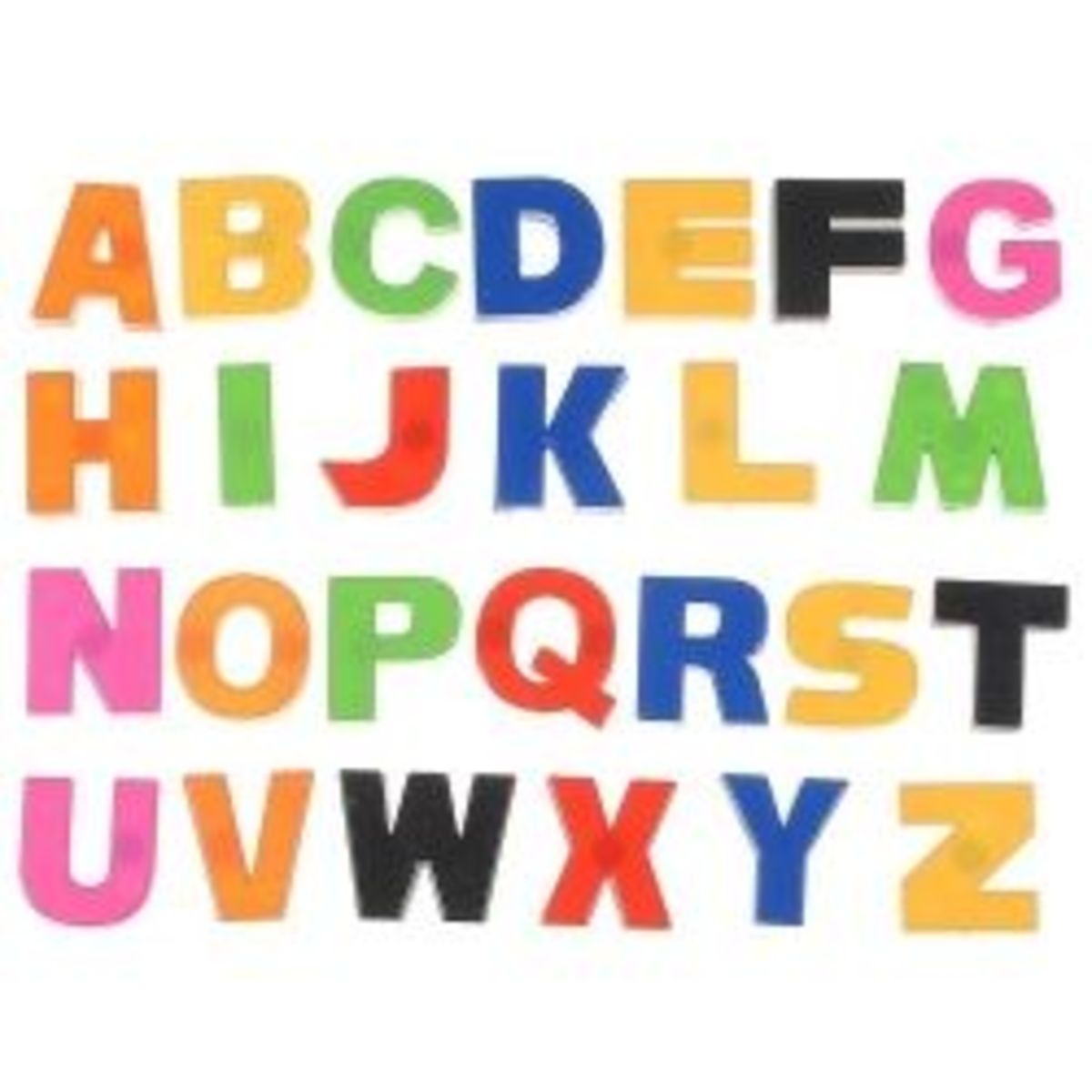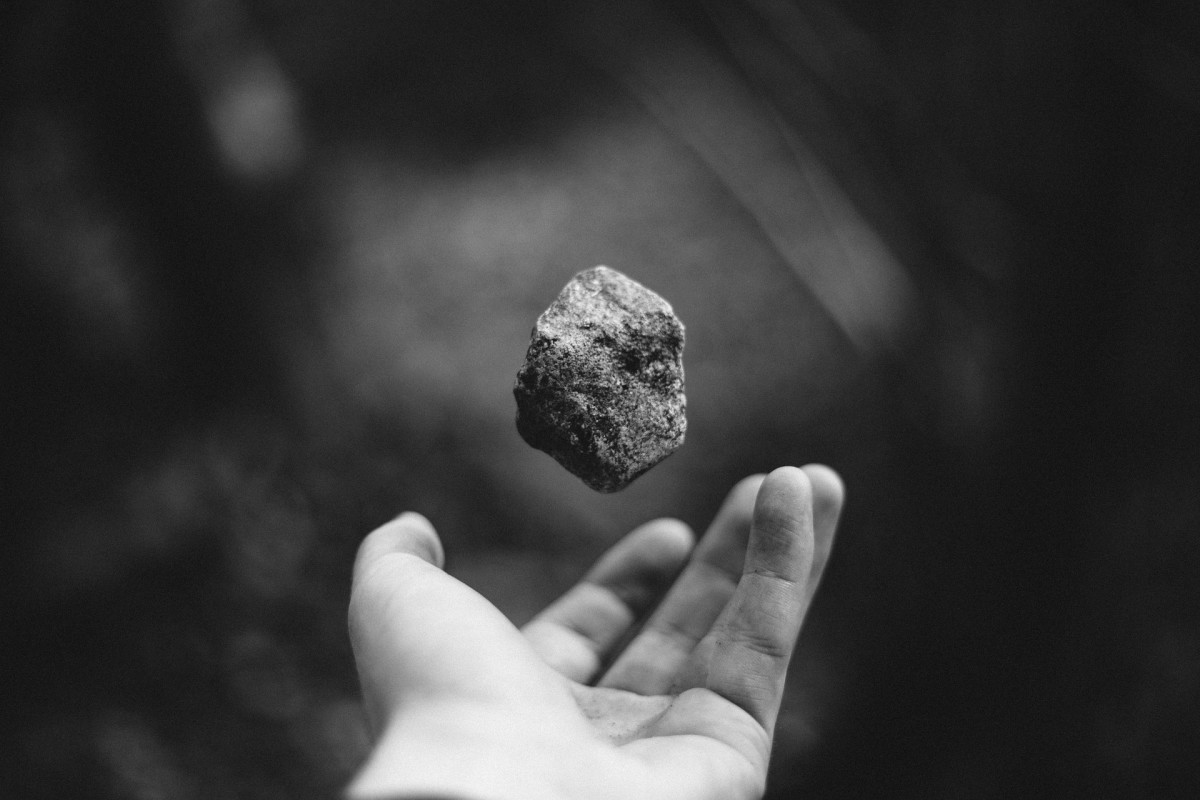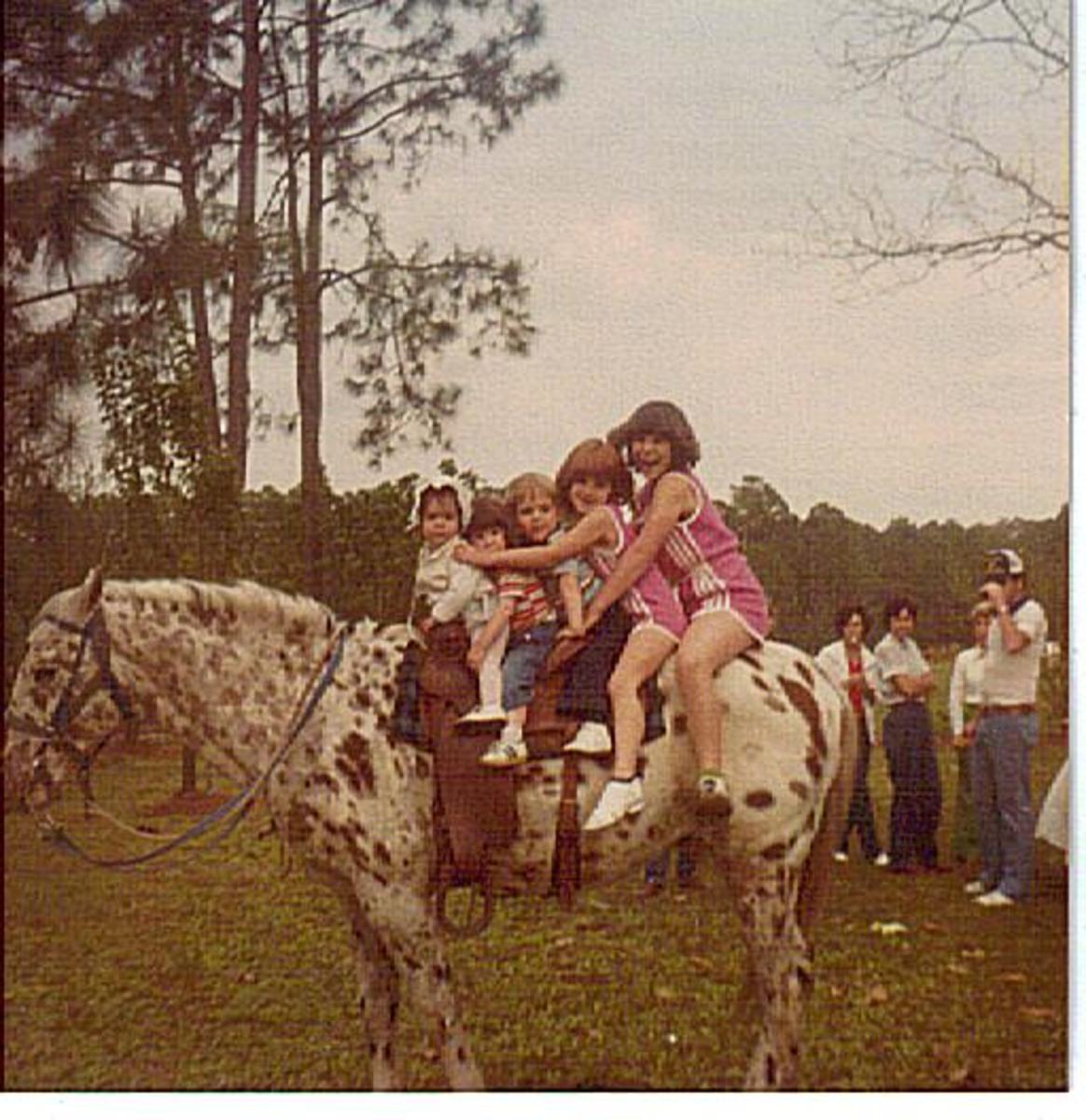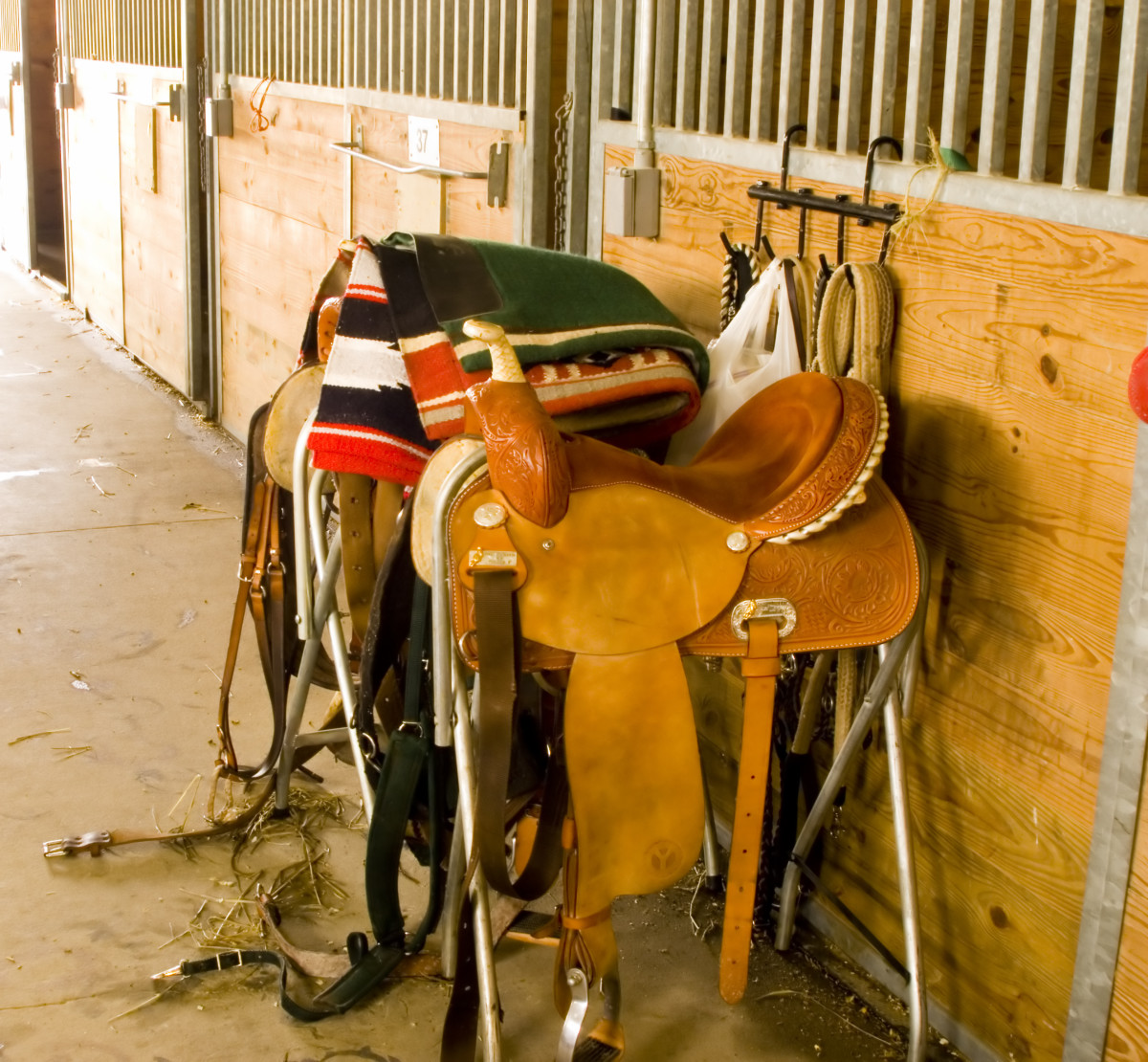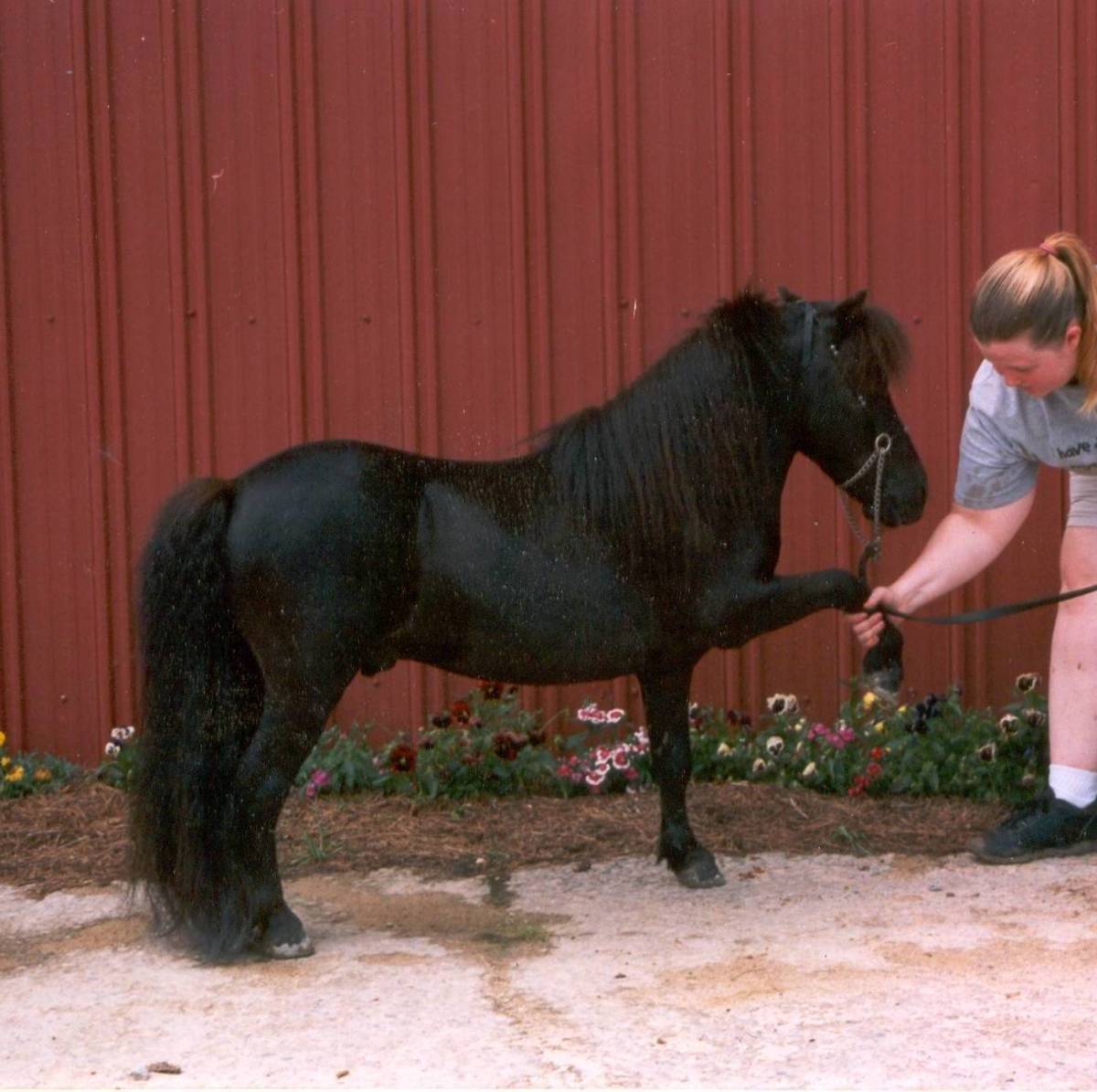Magnetic Therapy and Equine Tendon Injury
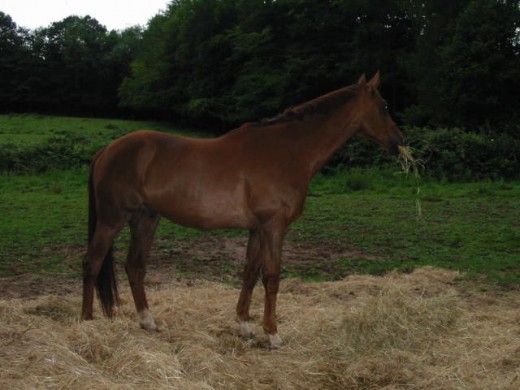
Magnetic therapy is not a new concept – its effect on the body has been a subject of discussion for over 2000 years! The idea for using magnets to treat ailments started back in the 16th century when the Swiss physician Paracelsus used them to treat various conditions. The Austrian doctor Franz Mesmer opened a clinic in Paris in 1777 and since then, despite a great deal of scepticism, the use of magnets to aid healing in people and animals has become increasingly popular.
Magnetic therapy has over recent years become more widely used in the equine environment to help with pain relief, (particularly muscular and arthritic pain) and to assist in accelerated healing of injury – this reduction in recovery time has been noted to be up to a third in a number of cases. Sometimes little or no noticeable effect is seen but this tends to be the exception rather than the rule.
In the case of equine tendon injury the tissue takes a long time to repair and can take as long as a year and a half for the tendon to reach its maximum healing point. After veterinary treatment, a period of rest and then controlled exercise is generally accepted as the best way forward.
After the initial inflammation to the tendon, collagen synthesising cells (fibroblasts) reach the area in a random arrangement. For the repair fibrils to be aligned in the right way it is important that the cells run lengthways down the tendon. Brief periods of controlled exercise to apply vertical tension can be beneficial to this process once the acute inflammation stage has passed and also helps to prevent adhesions to the surrounding areas. To aid this healing process an adequate blood supply to the site is necessary and this is where magnetic therapy is likely to be of benefit.
It is believed that magnets can assist the ability of the body to improve the circulation and decrease blood toxin levels. This can help the natural defences by increasing circulation to areas of injury and pain however magnetic therapy should not be started until the acute stage of any injury has passed – approximately 48-72 hours after the initial trauma in many cases. The advice of a veterinary surgeon should be sought before starting therapy on any injury.
The following two cases were monitored by each horse’s veterinary surgeon and their advice on conventional treatment, bandaging and exercise followed. In both cases the external appearance of the injured area improved significantly faster than the author has seen in cases not treated with magnetic therapy, however it is important to note that horses with tendon injuries are often sound before the tendon is repaired enough to stand the stress of normal work, hence long term rest and limited exercise is important.
Chestnut Thoroughbred – 17.3 hh – 11 years old at time of injury.
This horse injured both the deep digital and superficial flexor tendons during a race. It was decided to attempt treatment and the horse was bandaged and box rested for several weeks. This was followed by treatment with magnetic boots, building up over a two week period from one hour to eight hours per day. He was turned out in a small enclosure for short periods with the affected leg bandaged for support initially. After about eighteen months resting, he was brought back into work slowly and is sound in all paces, although he is not allowed to jump. The bowing and thickening normally experienced with such injury is greatly reduced compared to what was expected.
2012 - This horse is now 19 and still sound.
Show Pony - 14.2 hh – 10 years old at time of injury.
This pony severed a hind tendon in a freak accident whilst being turned out. Magnetic therapy started four weeks after initial injury.
Magnetic boots were applied for 1 hour daily for first week and this was increased to 2 hours per day for three weeks. From that point the length of time the boots were on was extended by half an hour each day up to a maximum of 8 hours daily with bandaging at night for support. Exercise consisted of walking out in hand for short periods (after a period of box rest) then limited work on a horse-walker.
2012 - An update to the mare's recovery - she is completely sound in all paces with her former movement and elevation completely restored, so much so that her owner is considering showing her again at local level. There is evidence of the injury but nowhere near as noticeable as would normally be expected.
IMPORTANT NOTES: Magnets should not be used by anyone who has a pacemaker or any kind of electrical implant, during pregnancy or on open wounds or recent fractures. If there is any doubt the advice of a Doctor or Veterinary Surgeon should be sought.
Magnets should not be used during exercise or competition as the increased circulation could cause severe bleeding should there be any injury.


